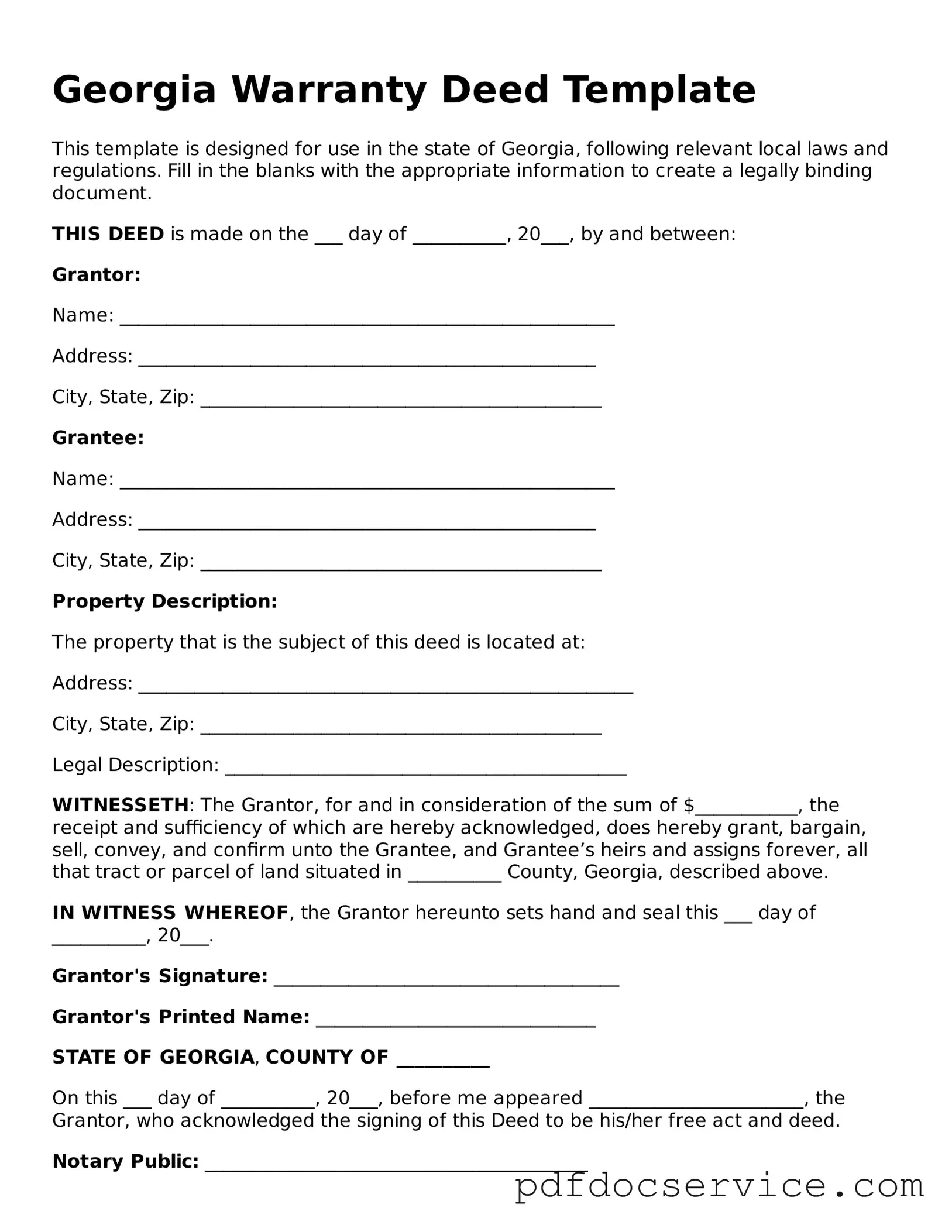The Deed form is a crucial document in real estate transactions, serving as a formal way to transfer property ownership from one party to another. This legal instrument outlines essential details such as the names of the grantor and grantee, a description of the property being transferred, and the specific terms of the transfer. Additionally, it may include information about any liens or encumbrances on the property, ensuring that the new owner is fully aware of any obligations tied to the asset. Proper execution of the Deed form typically requires signatures from both parties, and in some cases, witnesses or notarization may be necessary to validate the document. Understanding the various types of deeds, such as warranty deeds and quitclaim deeds, can also be beneficial, as each serves different purposes and offers varying levels of protection for the parties involved. Overall, the Deed form is an integral part of the property transfer process, providing a clear and legal record of ownership change.
